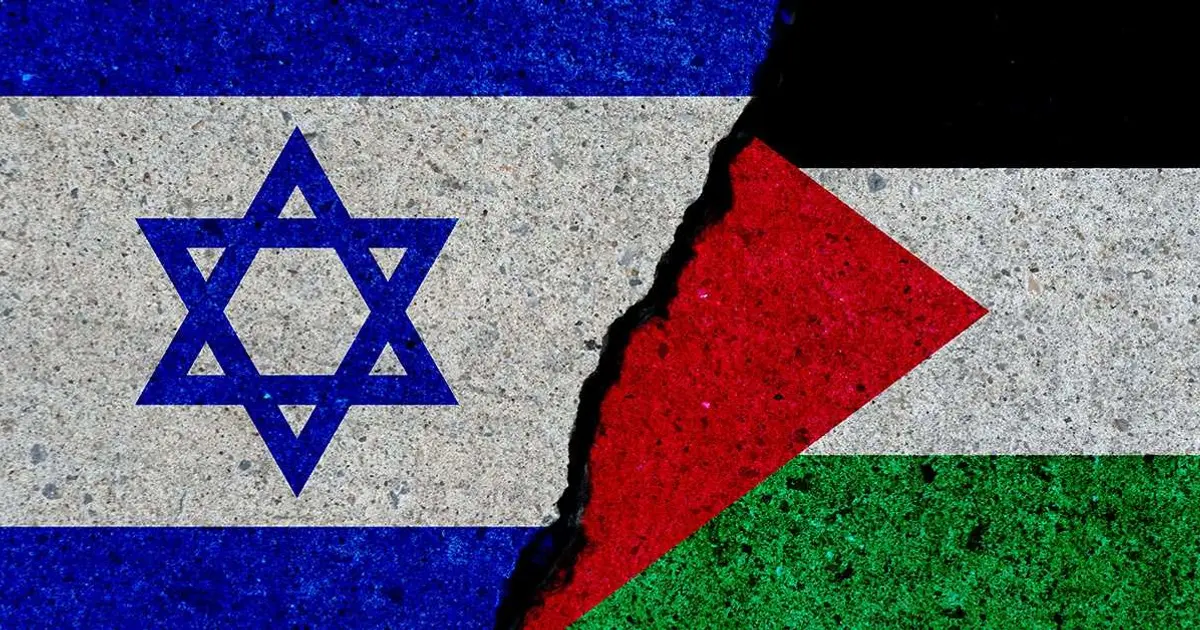Earlier this month, on October 13th, Israel and Hamas finally reached a ceasefire to end a conflict that had been raging for over two years. The deal is a good starting point: it released the Israeli hostages held by Hamas, as well as about 2,000 Palestinian detainees in Israel, and called for a partial Israeli withdrawal from the Gaza Strip.
But since its implementation, both sides have been accused of violating the deal. According to the BBC, over 100 Palestinians and an Israeli soldier have been killed just within the past few days. These violations are dangerous and shake the foundation of the fragile deal. At the moment, though, it appears that the deal will hold, and each side has promised to implement it.
Sadly, this ceasefire isn’t enough to ensure a permanent end to the conflict. Without a comprehensive path towards either a two-state solution or a one-state solution with self-determination for both sides and an end to discrimination within Israel against Palestinian and Arab Israelis, the same conflict will repeat over and over again, leading to more and more deaths of innocent civilians.
The lack of a comprehensive plan towards a serious solution shows the unwillingness of Israel to grant Palestinians self-determination. To the contrary, there has been an even greater push within the Knesset (Israeli parliament) to annex the West Bank. The Knesset went as far as approving a motion calling for annexation by a 71-13 vote over the summer.
If the Israeli government follows through on this annexation, or even continues threatening it, the trust between the two groups will be degraded even further, and the likelihood of a lasting peace will continue to drift further away.
Everyone should want a lasting peace and self-determination for both groups in the area, and the only way that will happen is with US pressure. The United States has been a staunch Israeli ally since the country’s creation, and it defends the country at an international scale on the UN Security Council. The current ceasefire deal was achieved after only minimal pressure from the Trump administration, which was still an increase from the complete free rein that the Biden administration gave Israel. The United States’ public has rapidly turned against Israel. A Gallup poll from July of 2025 found that 60% of Americans hold a negative view of Israel’s actions, when the same poll was conducted in 2023, only 45% of Americans disapproved.
Israelis and Palestinians have a long history of conflict dating back almost a century. After the Second World War, the United Nations wished to establish a Jewish state for the displaced Jews throughout Europe. In 1948, a partition plan was proposed that divided British-controlled Palestine into Israeli and Palestinian states. The Israelis largely accepted the deal, while Palestinians, who felt slighted over receiving less than 45% of the land even though they made up a majority of the population, rejected it. A civil war broke out between the two sides that culminated in the Nakba: an expulsion of Palestinians and the destruction of their homes after Israel won the war.
Numerous other conflicts have taken place between both Israel and the Palestinians, and Israel and neighboring Arab nations since Israel’s creation. The conflicts have almost exclusively resulted in Israeli victories, and the country is a military hegemon in the region.
The hatred and anger between both sides of this conflict necessitate more than just a ceasefire. The United States must join the overwhelming international consensus and demand that Israel allow for the creation of a Palestinian state. Without that, the region will forever remain destabilized. A comprehensive plan is needed, and without it, the region could ignite again at a moment’s notice.
















